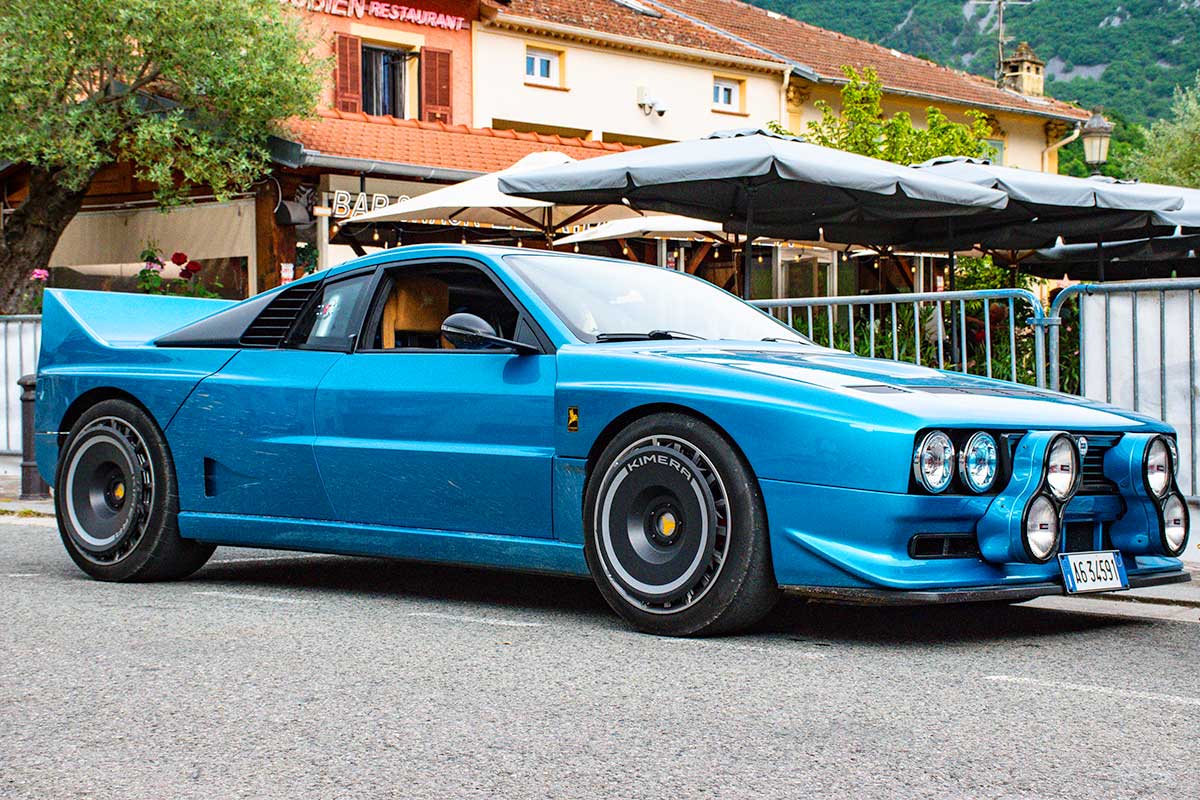
The fruit of collaboration between Abarth, Pininfarina and Dallara, the Lancia 037 was developed to represent Lancia in the new Group B rally regulations of the early 1980s. To meet homologation requirements, a road version, the 037 Stradale, was built in 262 units (200 being the minimum required) with a 2.0-liter engine derived from the Fiat 131 Abarth and prepared by the Scorpion brand, fitted with a Roots supercharger and developing 205 hp. The two-wheel-drive 037 Rally debuted in 1982 and helped Lancia win the 1983 Constructors' title.
The knowledge of the ancients
Almost 40 years later, Kimera Automobili has revived this iconic Lancia with the EVO37. To achieve this, the craftsman brought together some of Italy's finest engineers, including Claudio Lombardi (former Scuderia Lancia engineer and designer of Ferrari's latest Formula 1 V12) and Sergio Limone, who worked on the Fiat 131 Abarth, Lancia Rally 037, Delta S4 and even the Alfa Romeo 155 DTM! No one else was better qualified to imagine this modern-day 037. And let's not forget the involvement of Miki Biasion, world rally champion in 1988 and 1989, in the Delta Intégrale! A superb example, the 16th of the 37 built, was present at the Delta Days organized by Scuderia Lancia Intégrale.
"Authentic evolution
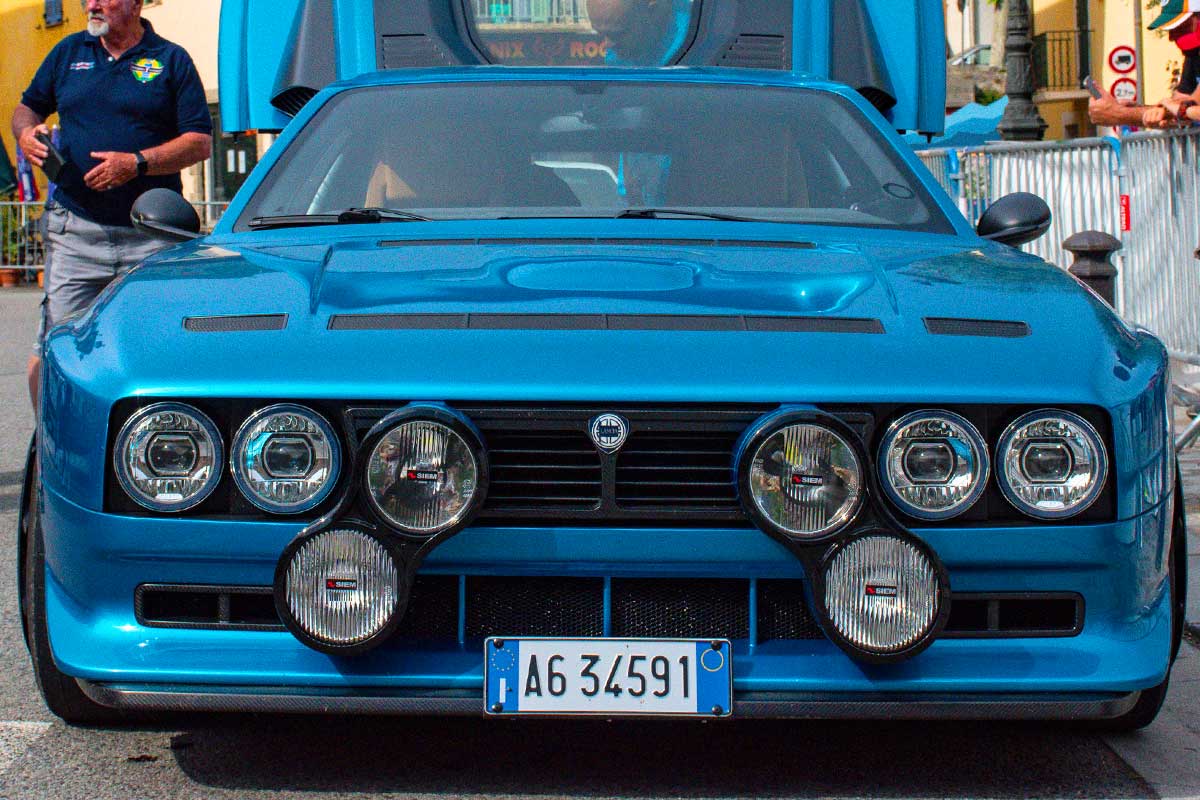
The latter remains faithful to the Turin-based manufacturer's original car, with shapes and lines respectful of its ancestor, Kimera speaks of an "authentic evolution": a low, plunging roof at the rear, a boss on the roof (which was explained on the original, only 1.24 metres high, to allow helmets to be worn), muscular shoulders, a large front hood dotted with air vents (with a shorter overhang nonetheless), a Lancia-typical centre-split grille, round double headlamps and even the "perforated" design of the wheels. The rear, on the other hand, is more advanced, with 4 exhausts, round headlamps (as opposed to the square ones on the Stradale) and a large, sloping spoiler in line with the bodywork, which was found on the Rally 037 Group B but not on the Stradale.
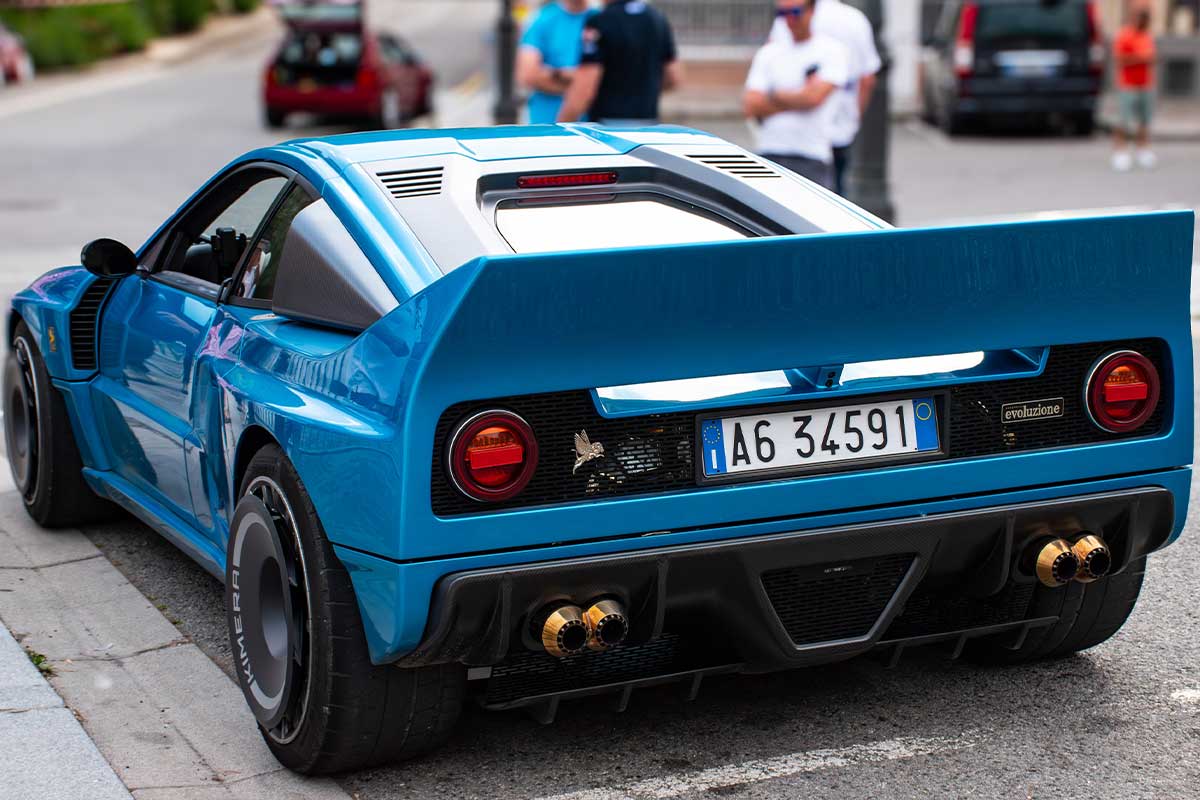
The main changes to the exterior design are the introduction of LED headlamps and streamlined carbon mirrors, replacing the "cheap" mirrors of the 1982 Stradale. The Kimera EVO37's body is slightly longer than the original car's, and, of course, it's more spacious. made of carbon fiber, instead of the Kevlar and fiberglass used on the 037 Stradale. Kevlar, titanium, steel and aluminum are also used. All in all, the EVO37 weighs just 1.1 tons.
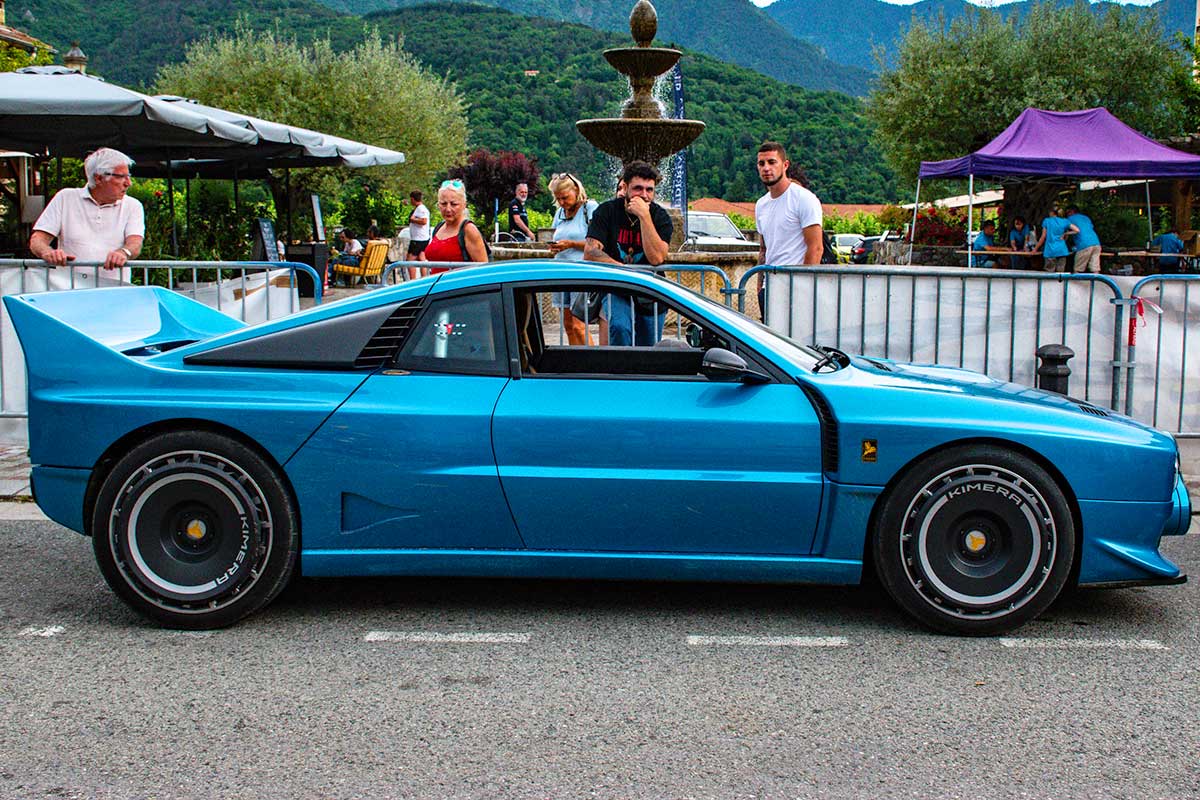
The Rally 037 block and the Delta S4 supercharger
An important detail: Kimera Automobili has retained the same engine base as the historic model, namely the famous double-camshaft block developed by Aurelio Lampredi and mounted longitudinally behind the rear seats. For supercharging, Lampredi had chosen an Abarth-developed lobe compressor called "Volumex" for the Rally 037, which was preferred to the turbo solution for greater responsiveness from low revs, despite lower absolute power.
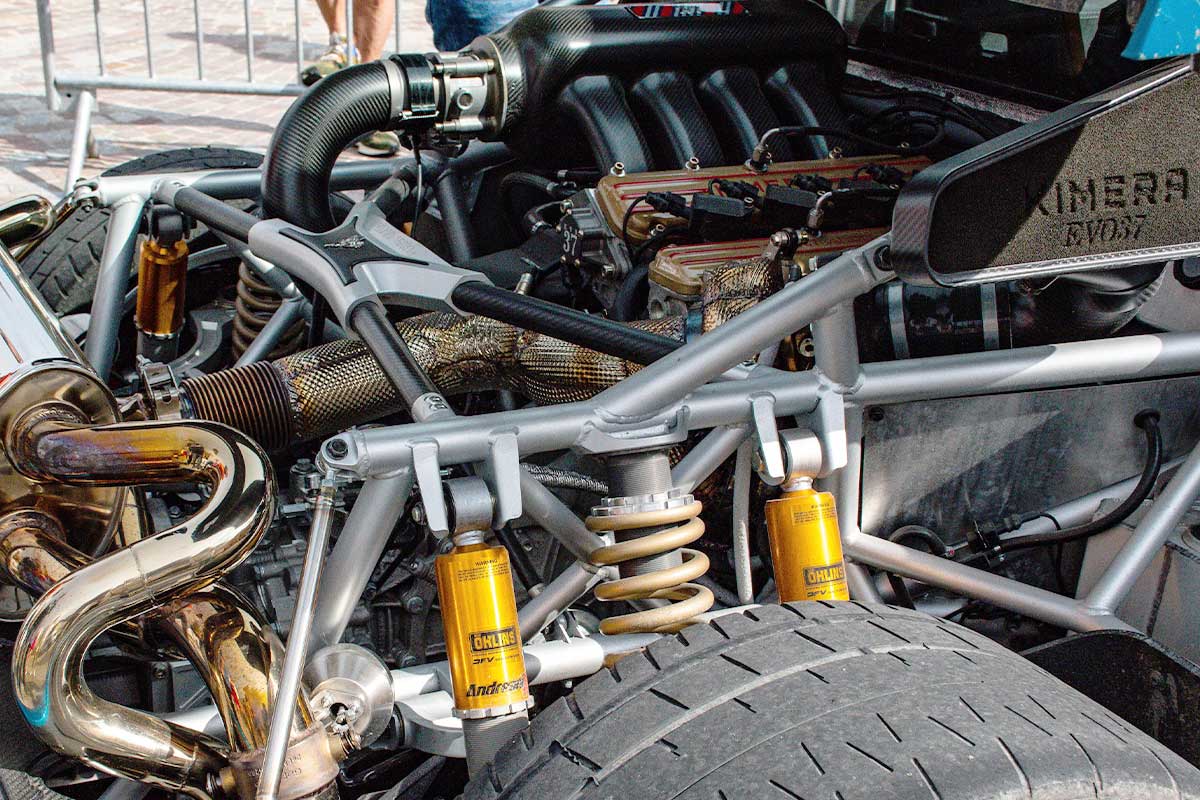
Here, the 2.1-liter engine is manufactured by Italtecnica, a company that was one of the first to develop a 550 Maranello GT1 and is responsible for the monstrous V12 engine in the Giamaro Katla) and redesigned from top to bottom under the direction of Claudio Lombardi. Its special feature is that the Volumex compressor is combined with a turbocharger, to obtain high torque over a wider rpm range and reduce turbo response time, with one supercharger system taking over from the other. The Kimera follows the solution used on the engine of the monstrous Delta S4, which took over from the 037. Thanks to the turbocharger and "volumex", the powertrain is now capable of developing 500 hp and 550 nm of maximum torque.
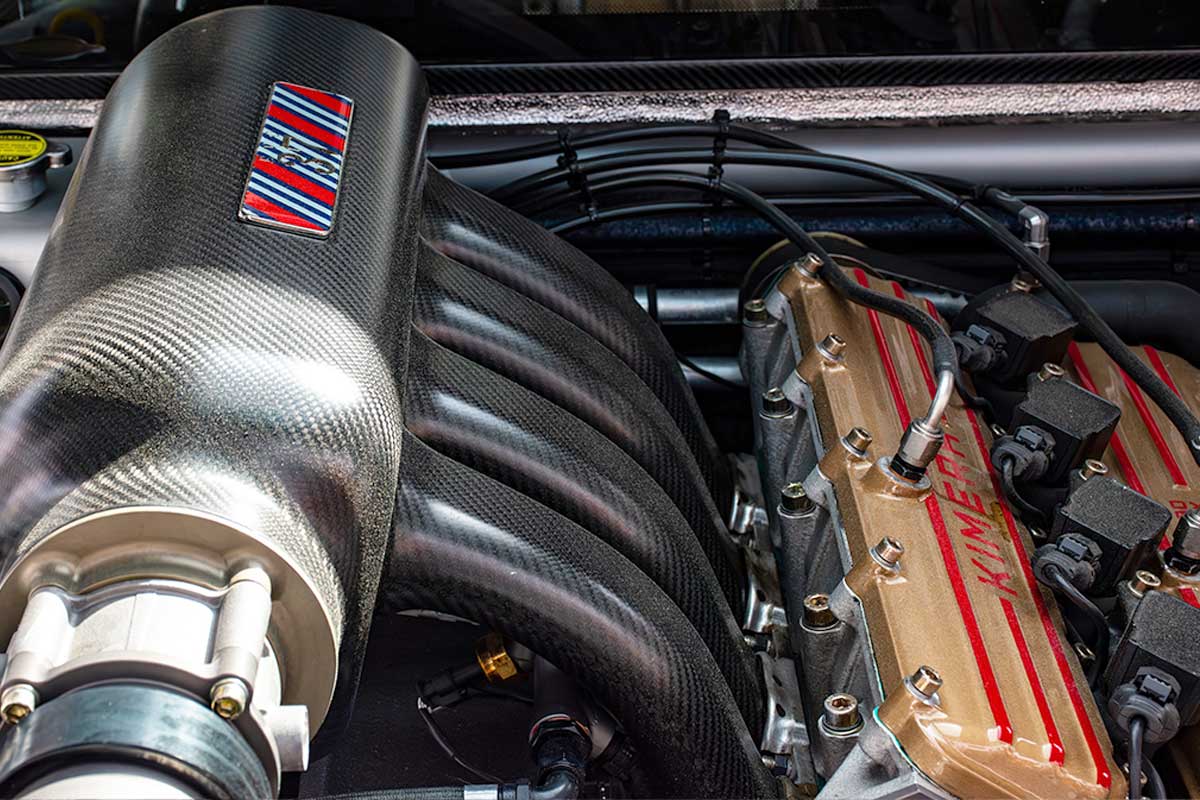
Claudio Lombardi gave details of the engine: "From a technical point of view, the engine is an in-line 4-cylinder supercharged by a compressor and a turbocharger. The advantage of this combination is that we can use an appropriate turbocharger to develop very high power at high revs, while at the same time not giving up torque and performance at low revs, thanks to the positive displacement. The driver will have power at all EVO37 engine speeds".
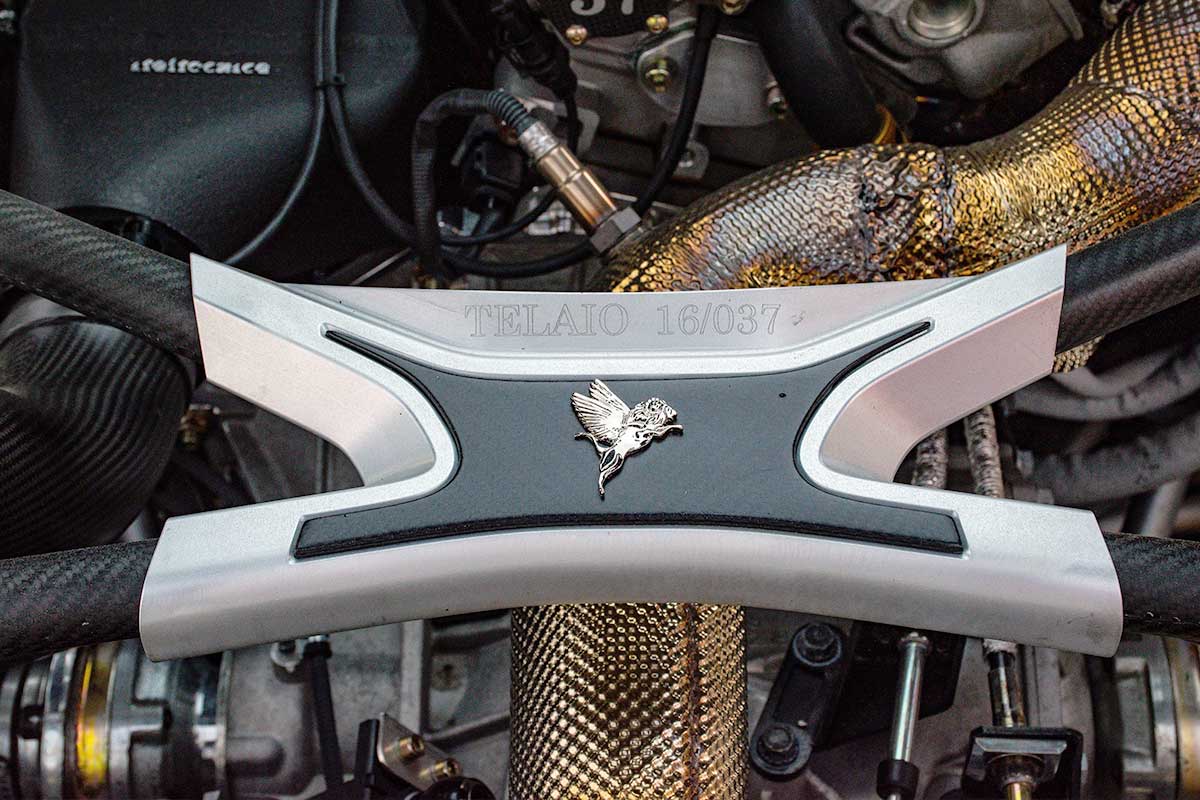
Group B atmosphere
The interior, with its 80s feel, is finished to today's standards, characterized by a huge, upright dashboard/center console assembly, combining alcantara upholstery and carbon panels. The instrumentation and general layout follow exactly the same design, with circular meters, air vents, a host of buttons (including push-buttons) and a kill switch, as well as small circular dials (turbo and Volumex pressure, temperatures, etc.) in the same red font.
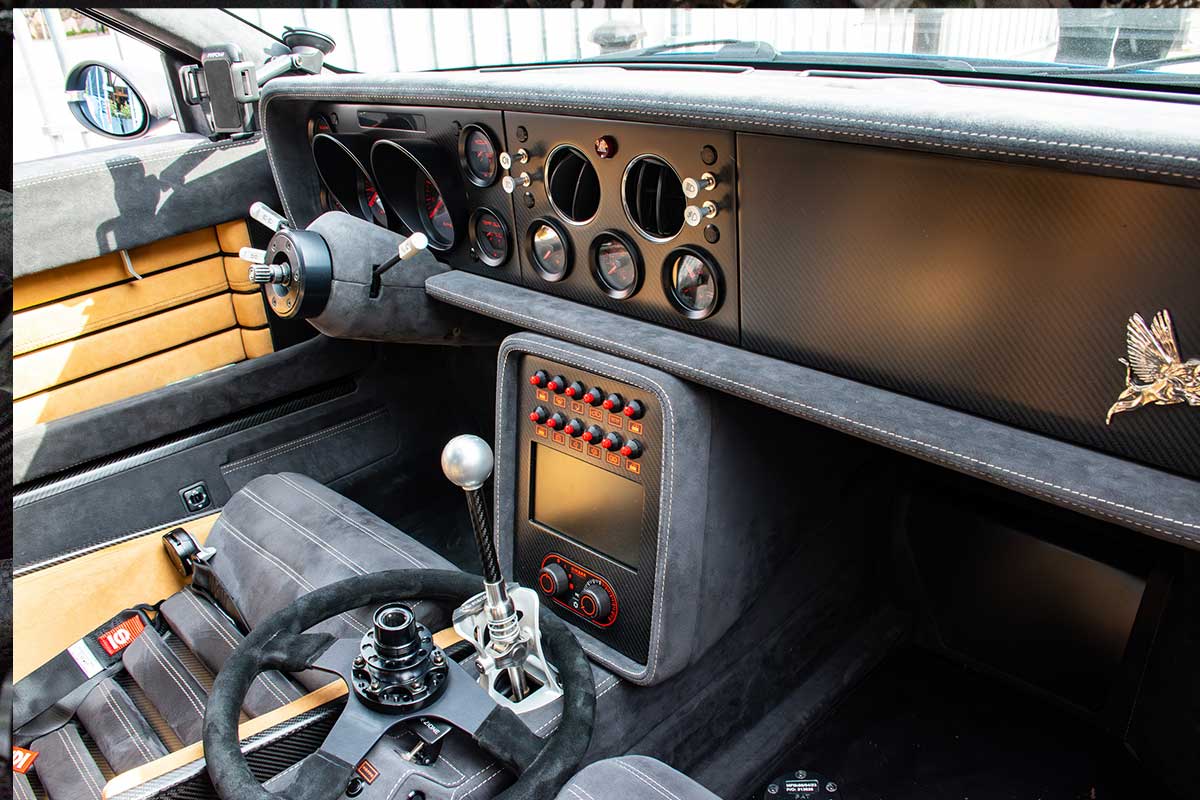
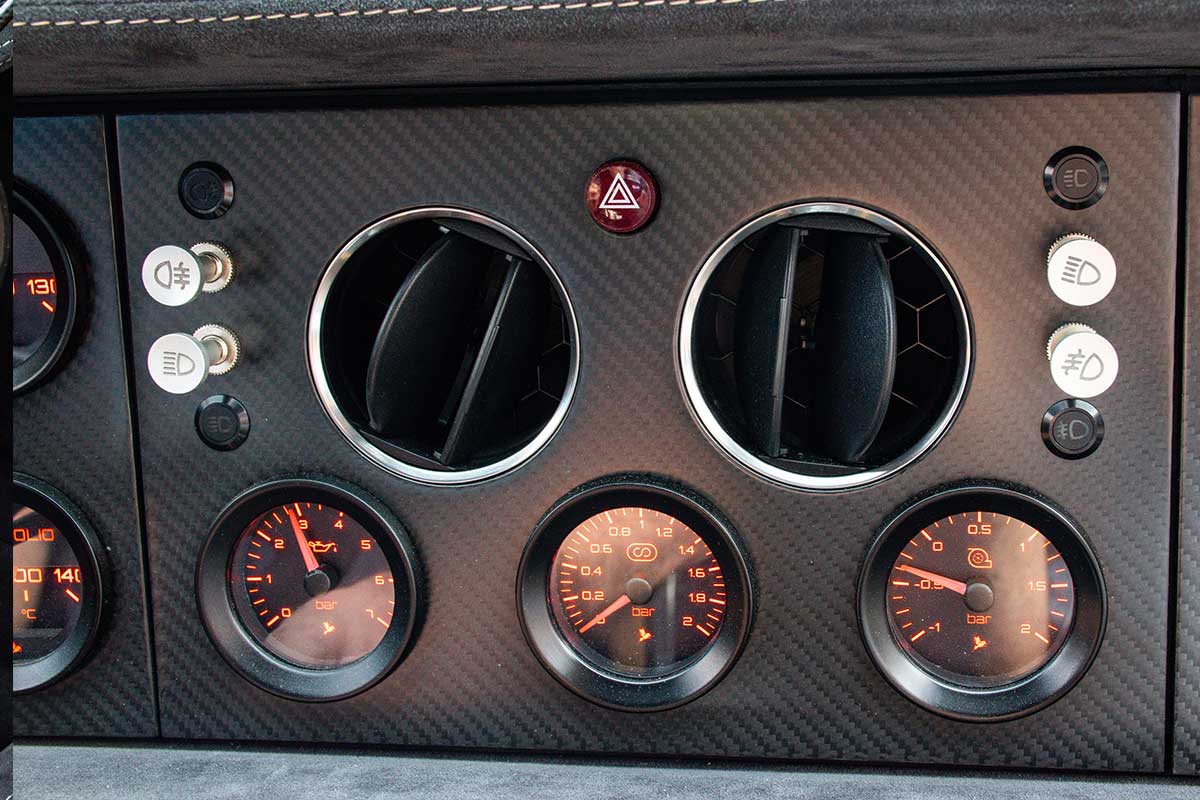
This is a true purist's sports car, which refuses to give in to the fashion for screens. The modernity is obvious, with the removable steering wheel, the selector for driving modes and mapping, and the magnificent gearshift with exposed cogs, as is increasingly common on certain exclusive supercars.
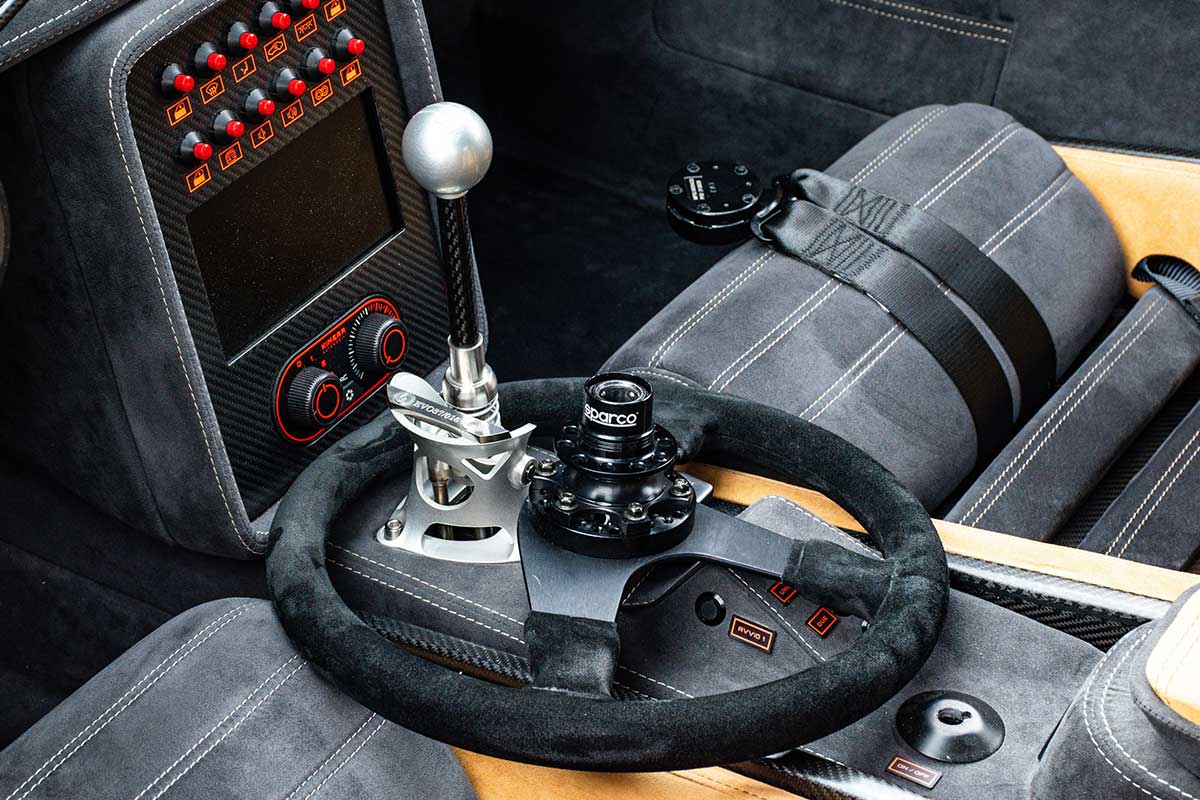
The manufacturer has announced that it will build only 37 examples of the Kimera EVO37, each with a starting price of 480,000 euros. In the meantime, you can check it out in the Delta Days video below.
